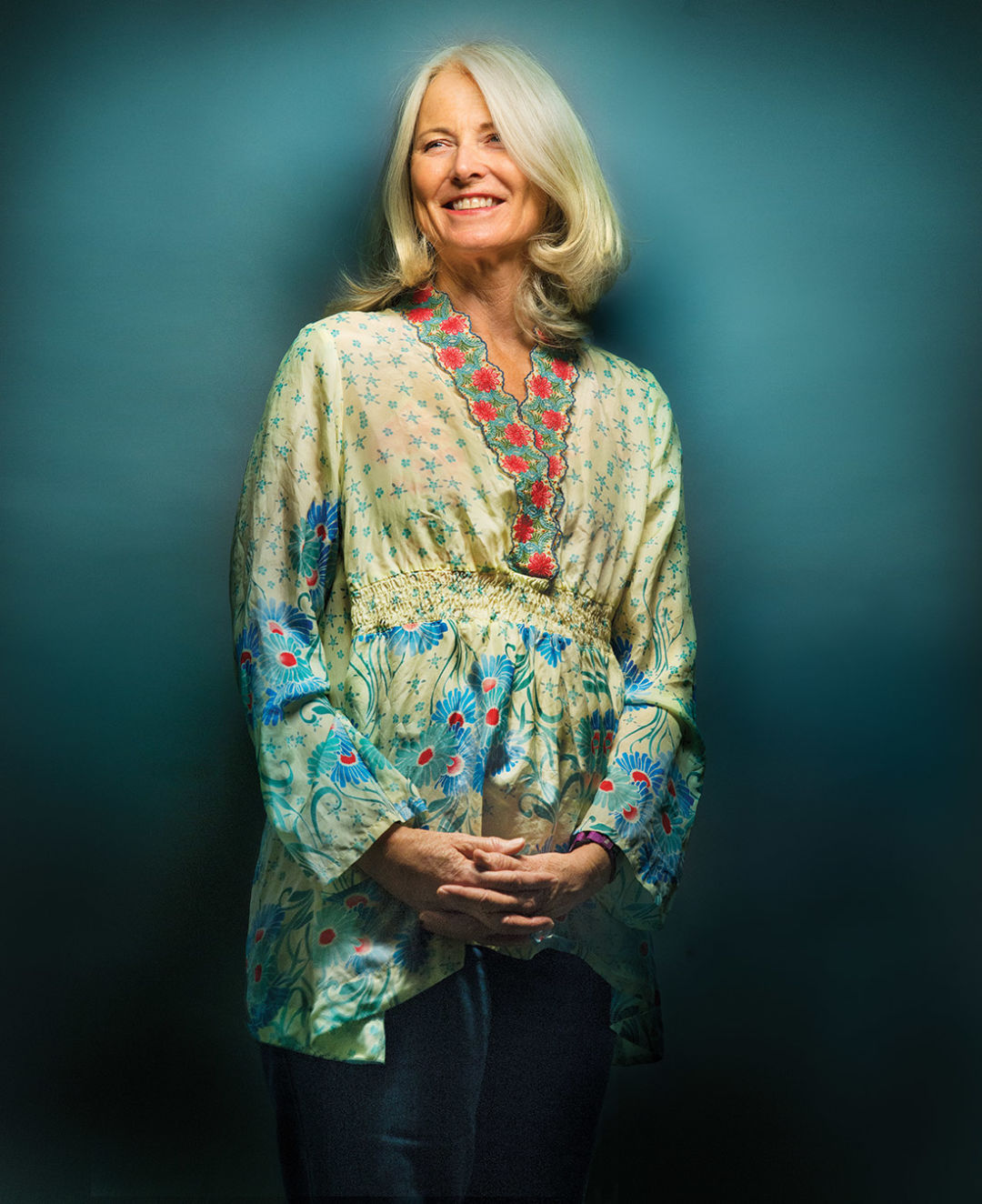A Life in Letters

Image: Karl Wolfgang
Stewart Oksenhorn: You wrote novels for nearly three decades before getting one published last year by Amazon: The Bloodletter’s Daughter, which hit number one on Amazon’s Kindle store. Care to estimate how many rejection letters you’ve accumulated?
Linda Lafferty: One hundred fifty, maybe more. I was always trying to get an agent, too, so if that counts, more than 200.
SO: Bigger celebration: getting published or hitting number one?
LL: Getting published. I got the e-mail, and it was like heaven. I was checking my e-mail at one in the morning in Florence, and woke my sister up and said, “I’m going to be published.” It was fun to hit the top; that was something. But someone picking up my book—that was really special.
SO: Twenty-seven years without anyone saying yes. How did you persevere?
LL: Early on it was, “I want to be published. I want to have readers.” And a lot of tears, a lot of “I don’t understand why I can’t get published.” In the last three years, I relaxed and decided I loved the process of writing. I love how my mind works when I’m writing. I kept working, working—I had five and a half novels before I got anything published.
SO: Your characters are peasant girls in the 1600s and nineteenth-century Ottoman princesses; the plots touch on religion and morality. Where do these stories come from?
LL: I’m always looking for something eccentric and that hasn’t been told before. In those stories, it seems like a natural flow to find religious questions, morality questions, sexuality questions, scientific questions. I don’t go looking for those, but my stories just go in that direction. I guess it’s just me. It must be me.
SO: Your latest book, The Drowning Guard, also takes place in a faraway time and place—nineteenth-century Istanbul, the royal Ottoman court. What so appeals to you about the past?
LL: My favorite thing is losing myself in research. I love every little detail. The novel I’m doing now, I’m researching in Siena and Florence, actually seeing and holding the letters of Francesco de Medici, seeing this correspondence. I love it. I love history.
SO: Nevertheless, your next novel, House of Bathory, is set partly in modern Aspen—and partly in seventeenth century Slovakia. That must have made for some challenging writerly gymnastics.
LL: Oh. My. God. I thought this would be the most fun of all the novels. I got to the very end and realized I hadn’t gotten the dates exactly right. The Bathory story, 400 years ago, corresponds to the Aspen story in 2009, and these two stories have to be lined up. It was back and forth, back and forth, getting the stories lined up to the exact day, so it really was a continuum. But I think we got it right.
SO: You offered to treat me for breakfast at the Jerome this morning. So how does being a writer of top-selling historical novels pay—did you buy a European castle?
LL: No, but I have a horse. I finally have a beautiful trakehner and quarter-horse mix, a great big filly, three years old.
SO: Writers tend to be surrounded by myth—haunted, lonely, given to superstitions and routines. Any of that apply?
LL: Not superstitions, but routines. I write best in the wintertime. I write, then cross-country ski, and each beat on skis I feel I’m working out plot and character, a very Zen-like emotion. Little by little the stories unravel—or ravel—for me, and I see things I couldn’t see staring at the screen.
SO: Any plans to do writing that’s not historical fiction?
LL: I wrote a nonfiction book about my days at Aspen High School teaching bilingual kids, especially my Latinos. I have some fun stories, some poignant stories. Of course, all the names have been changed.
SO: Two bestsellers—you must have some fans.
LL: Jeff Belle at Amazon Publishing asked me to autograph a copy of The Drowning Guard for Jeff Bezos. He took it directly to his office, I understand. I don’t know if that qualifies Bezos as a fan, but I like to think of my autographed book sitting on his shelf.














































